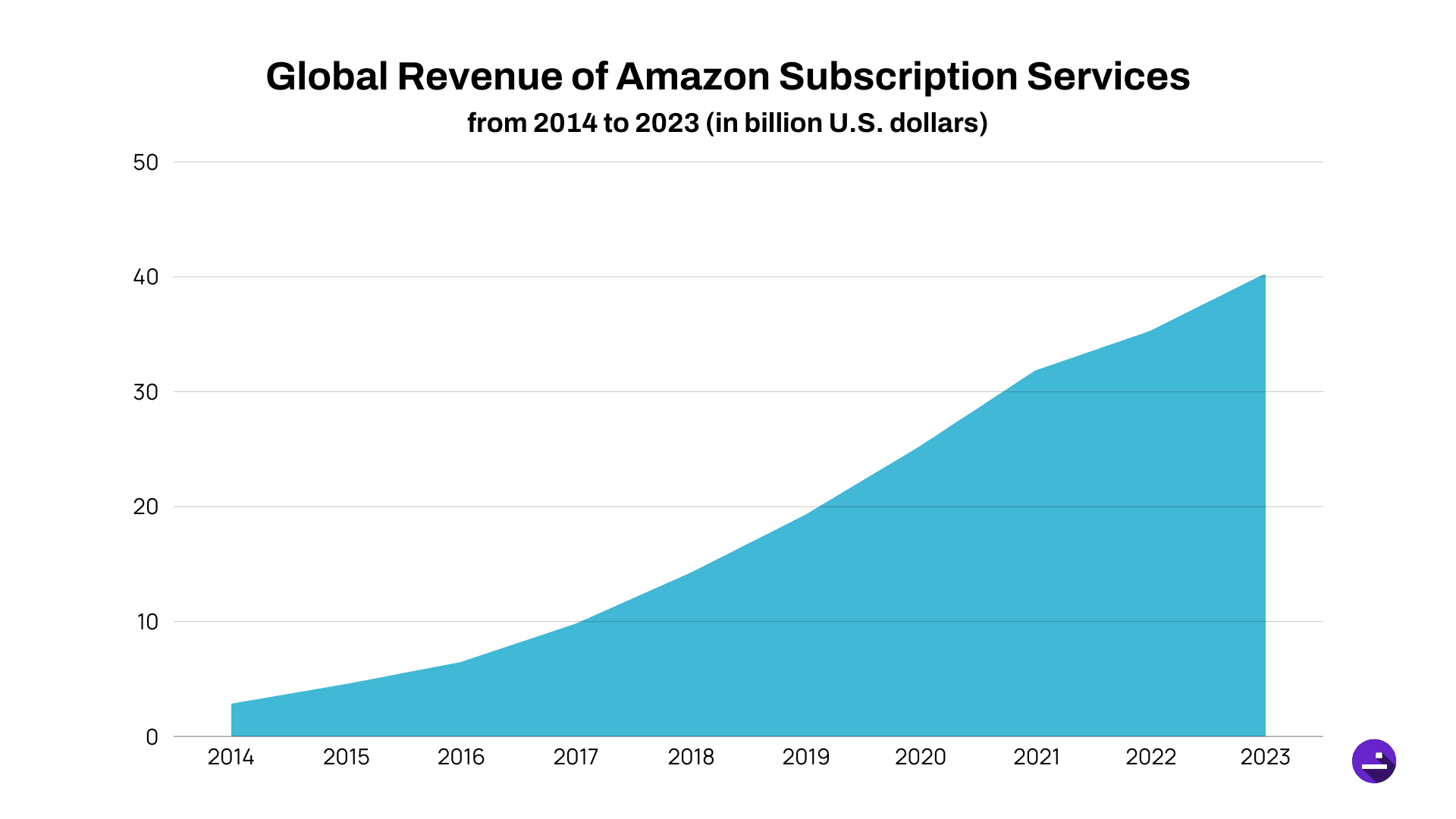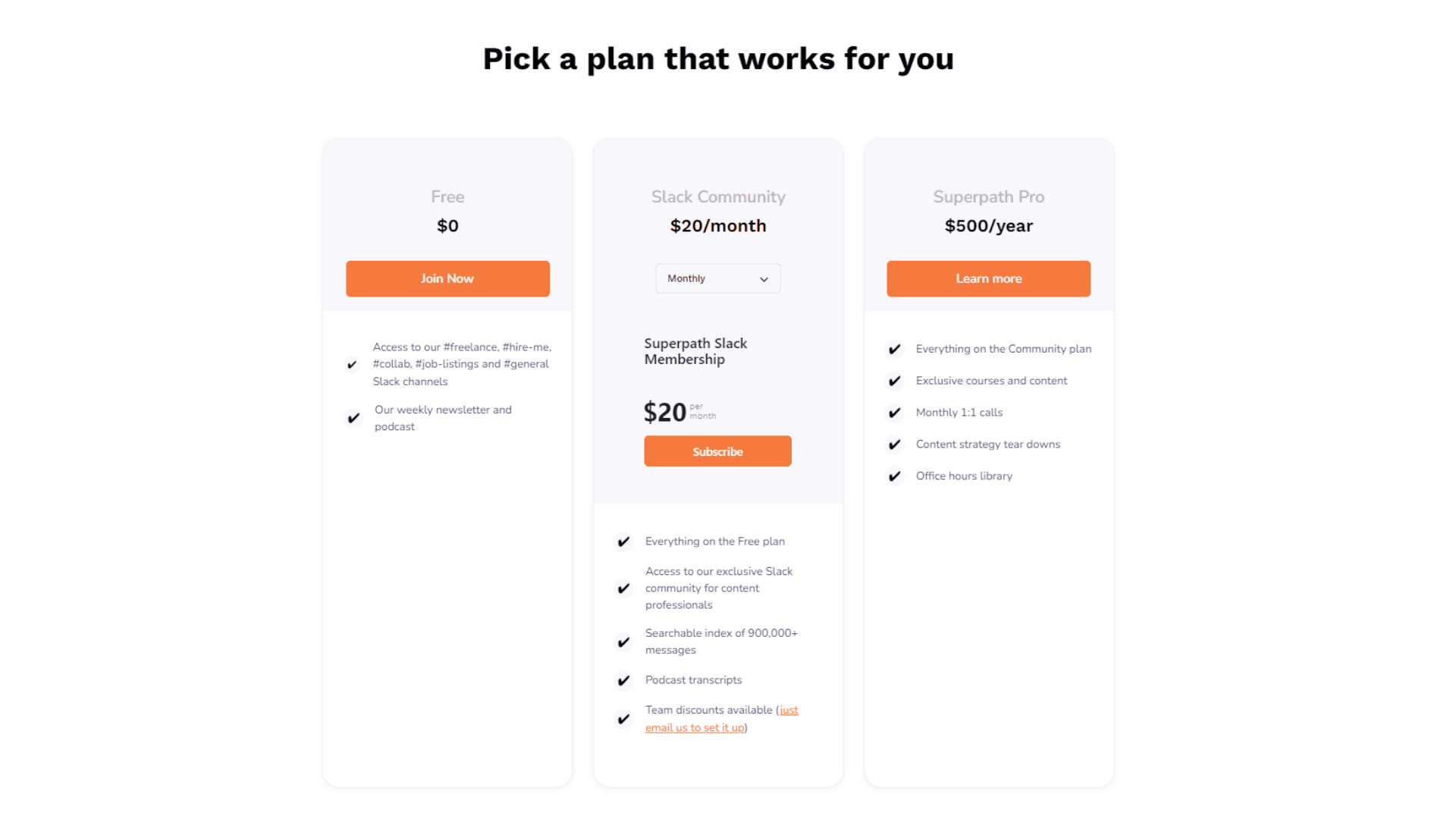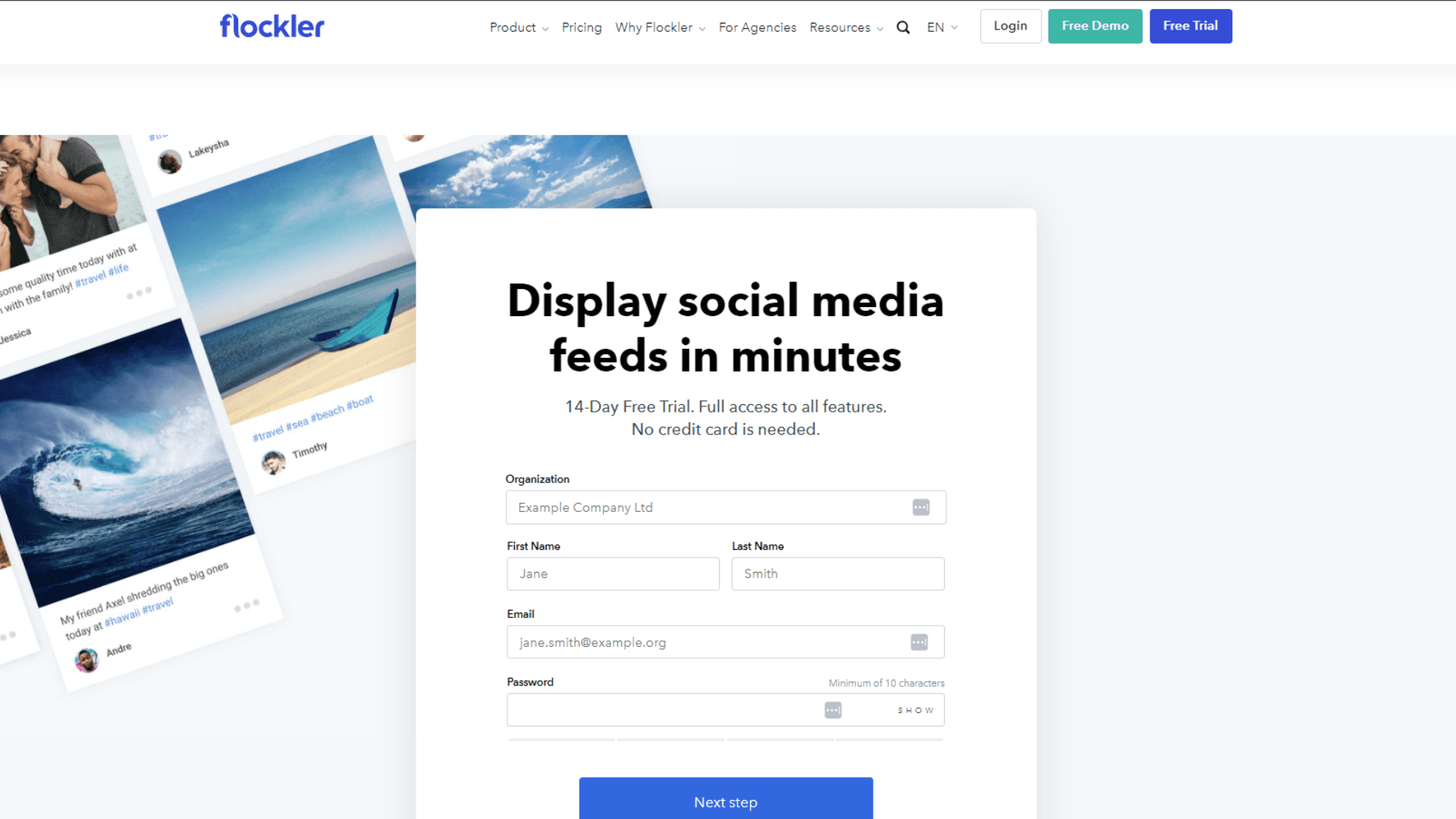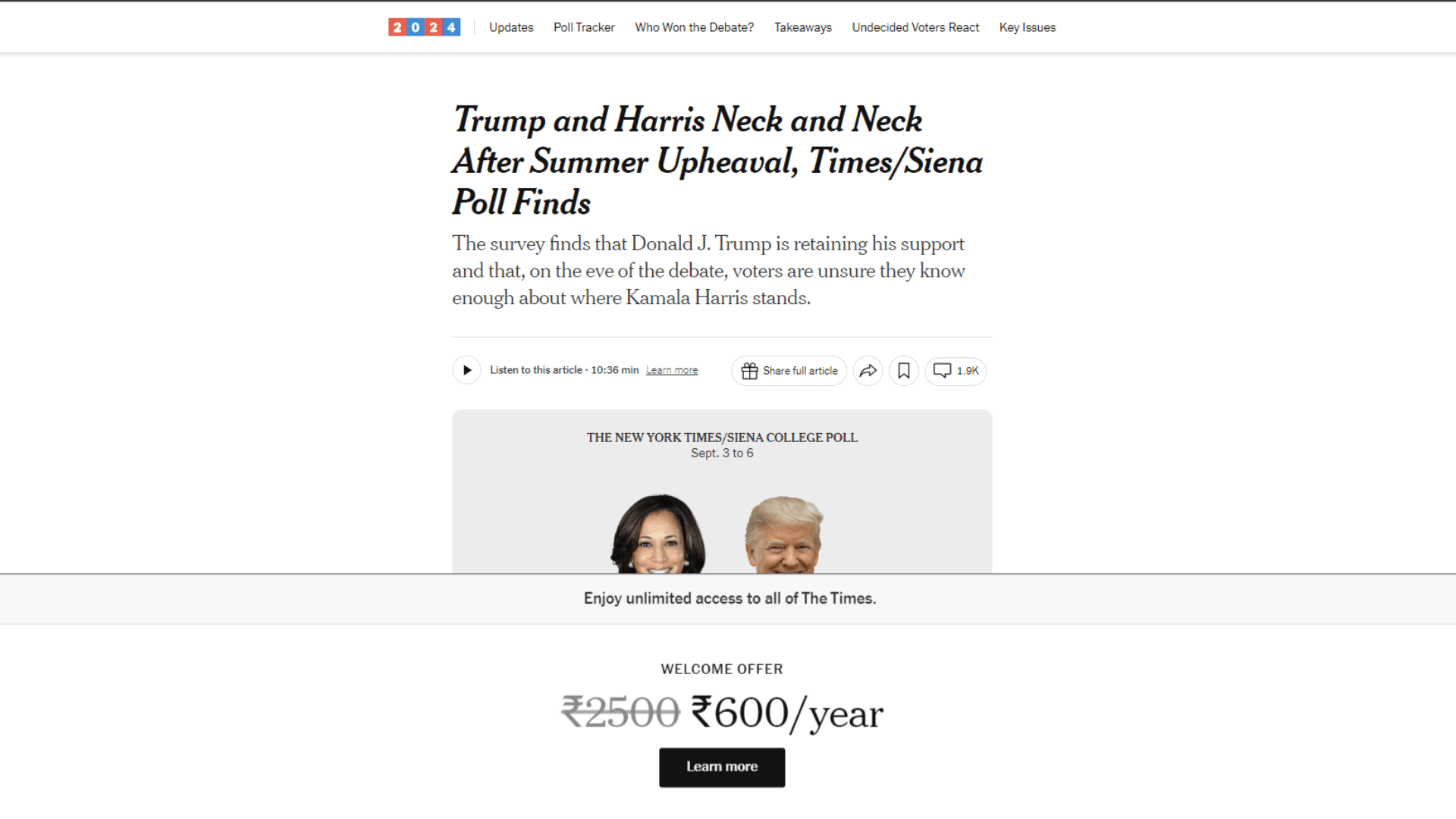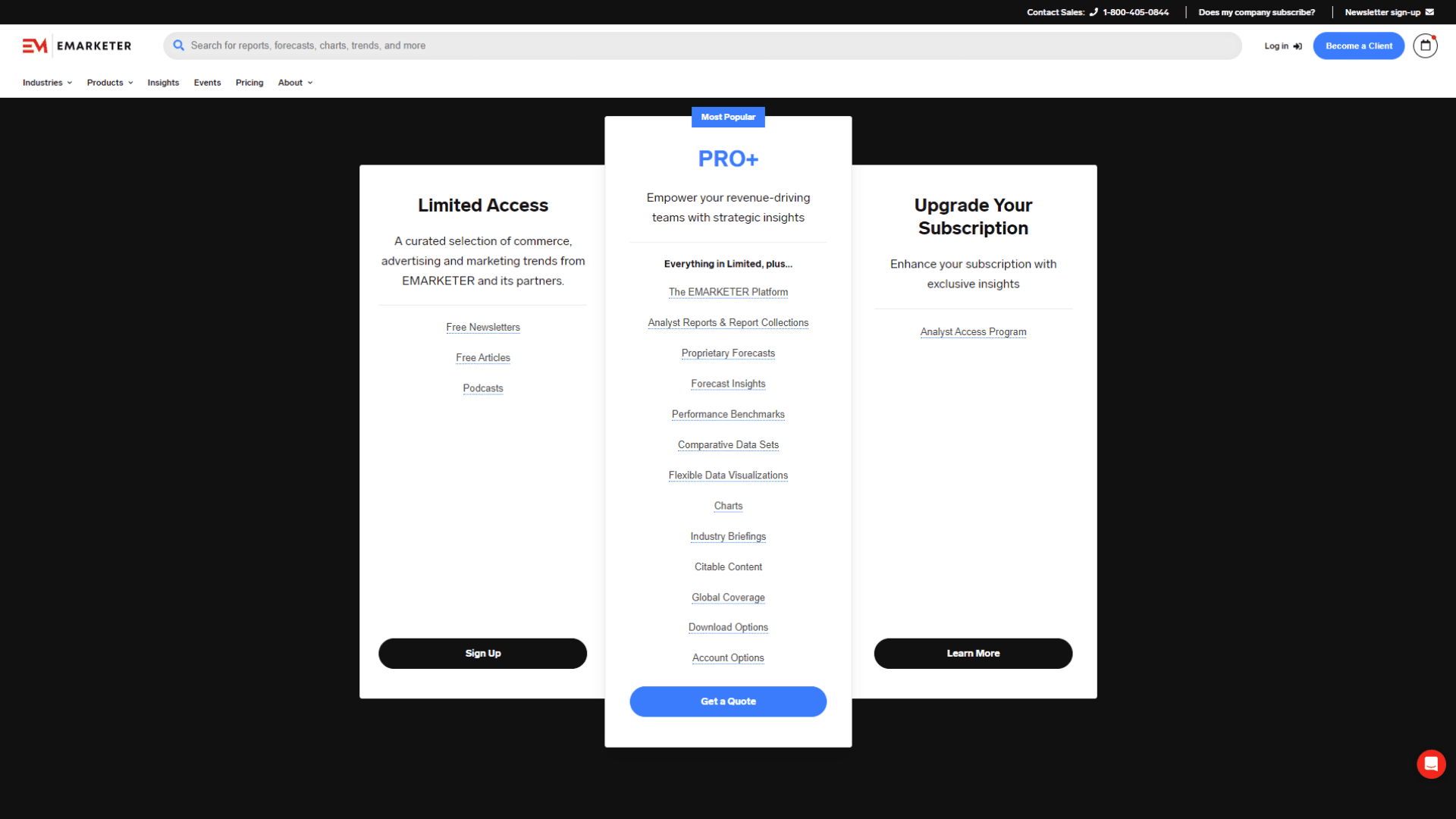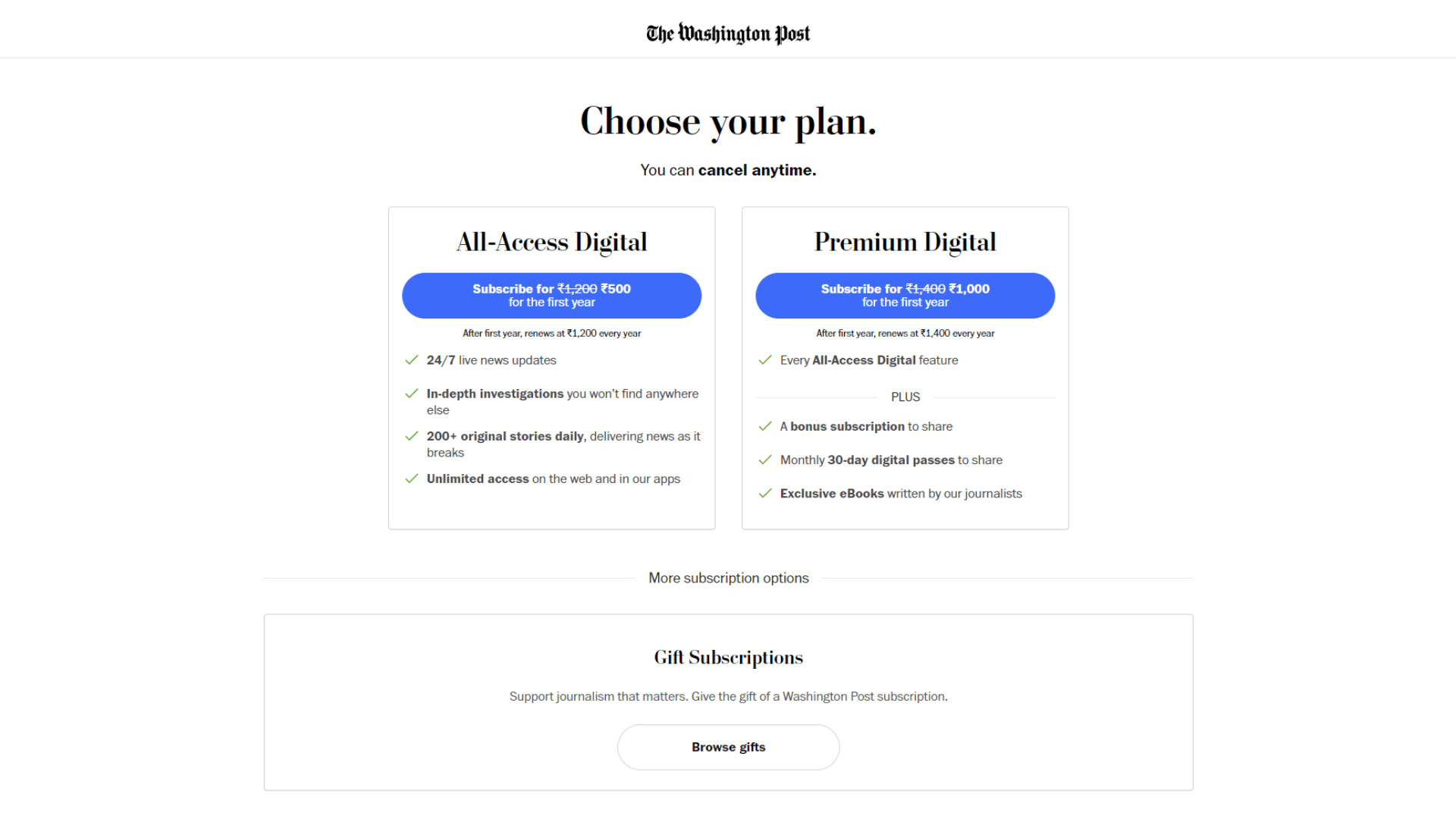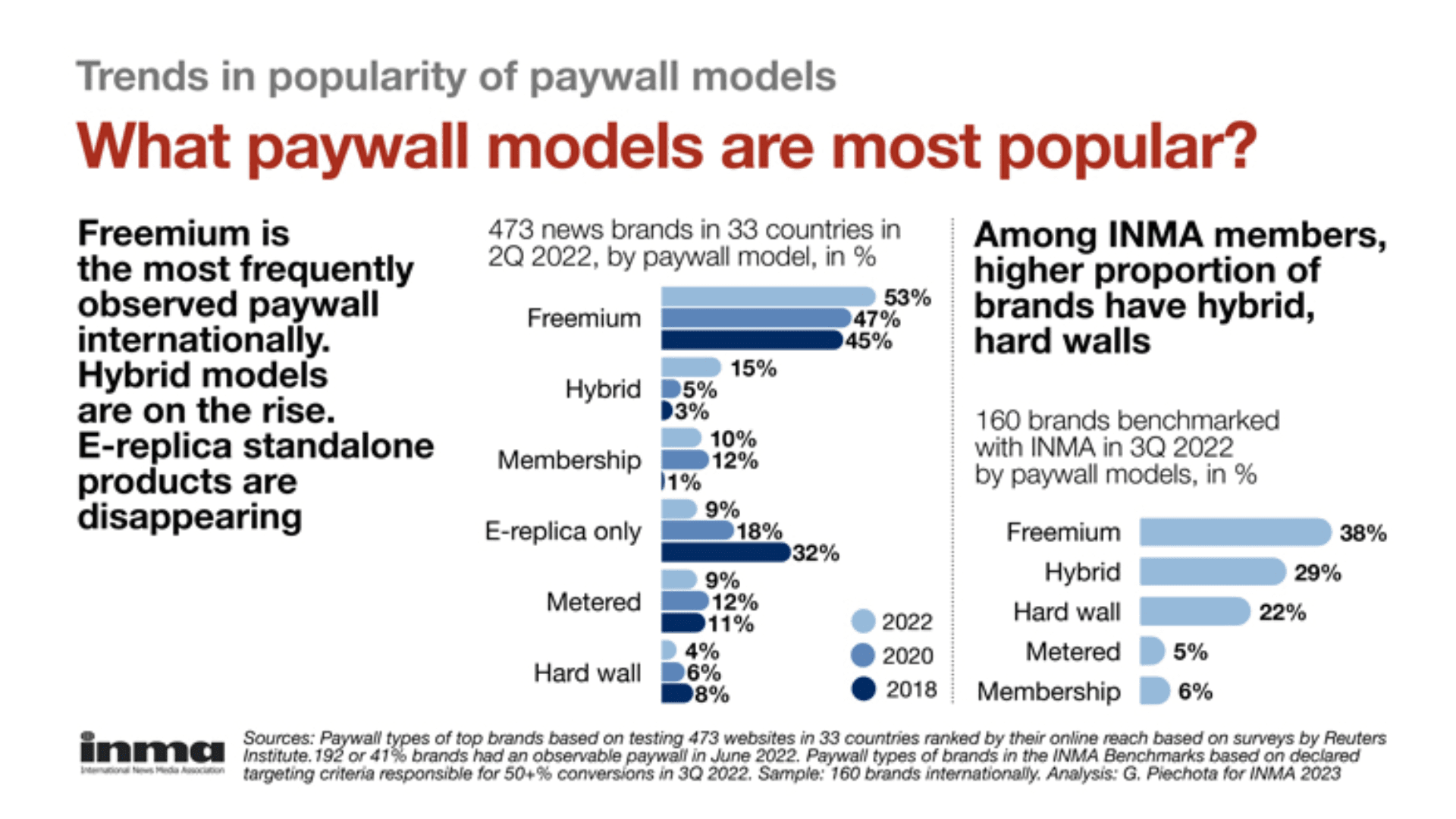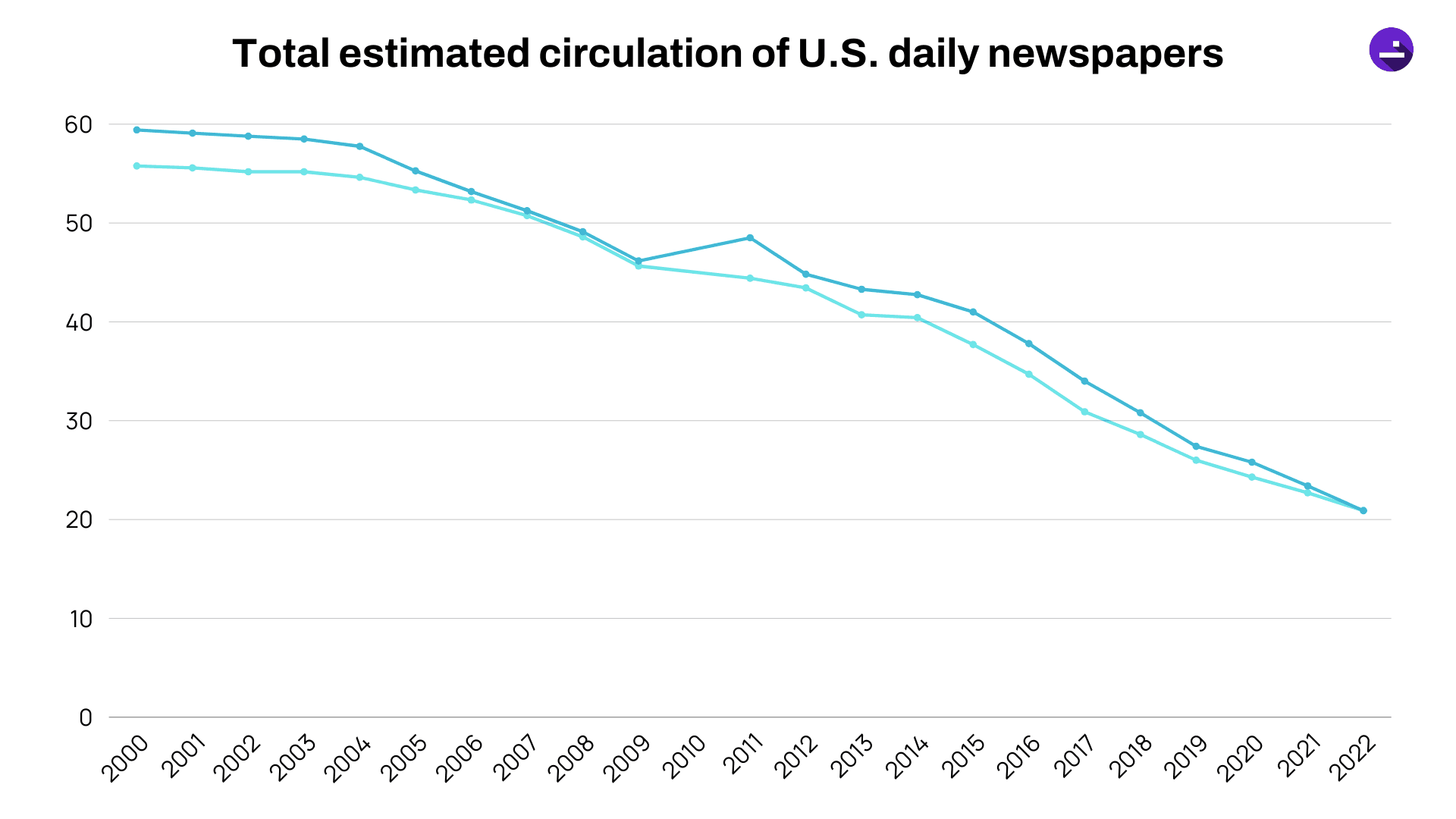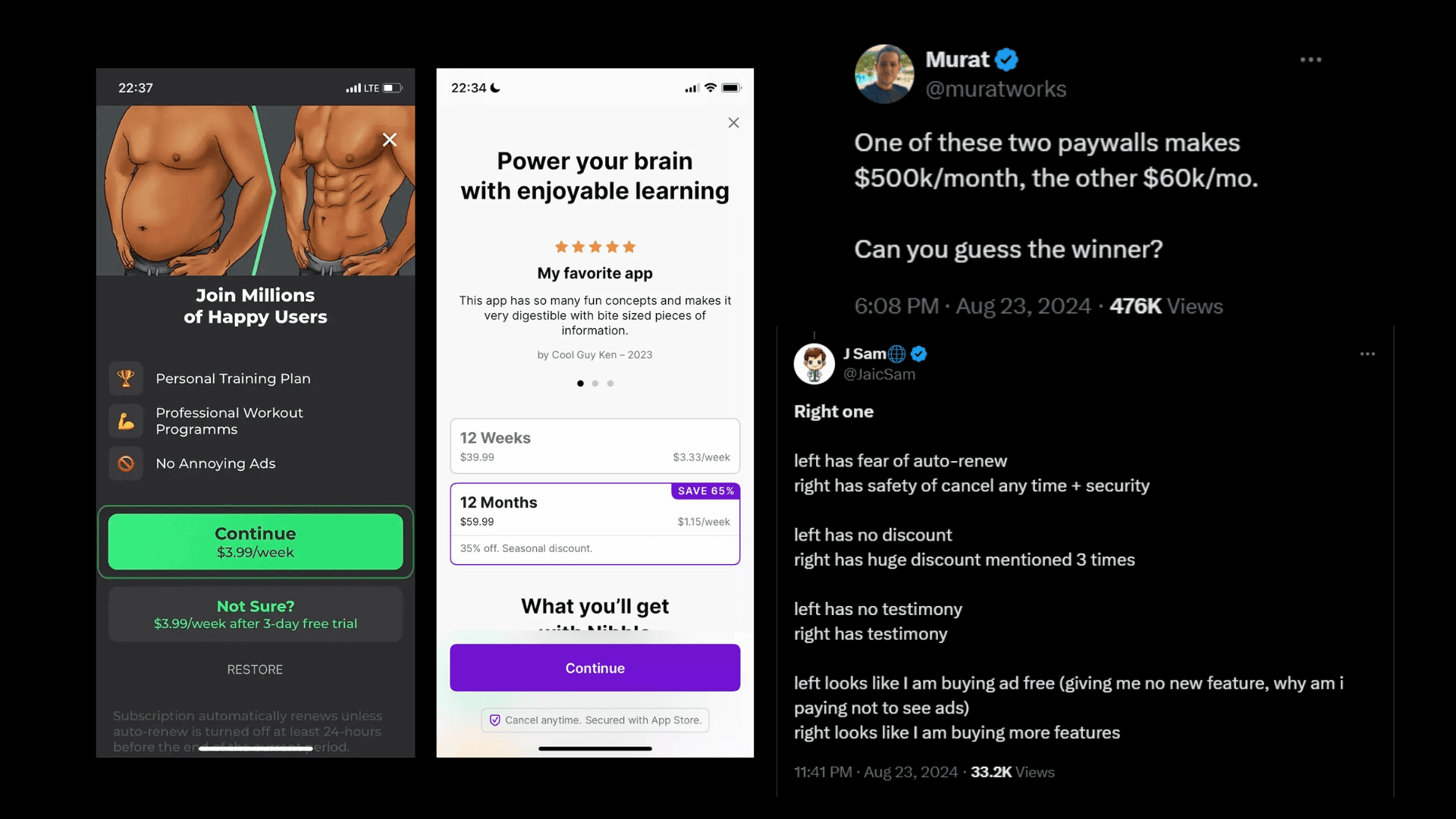If you’ve ever tried to read an article online and encountered a message asking you to subscribe or pay, you’ve come across a paywall. Paywalls are becoming increasingly common, especially as subscription and membership-based businesses grow. In fact, around 78% of adults now have some kind of subscription. From news websites to streaming platforms, paywalls are shaping the way we consume content today.
As digital content continues to grow, paywalls have emerged as a way for businesses to monetize their offerings and control access to premium content. This model allows companies to generate steady revenue while maintaining high-quality content. For consumers, it can mean exclusive access to in-depth articles, videos, or services, but it also often limits access unless you're willing to pay or subscribe.
In this blog, we’ll explain what are paywalls, explore the different types of paywalls you might encounter, and provide examples of paywalls that many of us experience regularly. We’ll also discuss the benefits and challenges of paywalls for both consumers and businesses, offering insight into their impact on the digital economy.
So, without any further ado, let’s get started!
What is a Paywall?
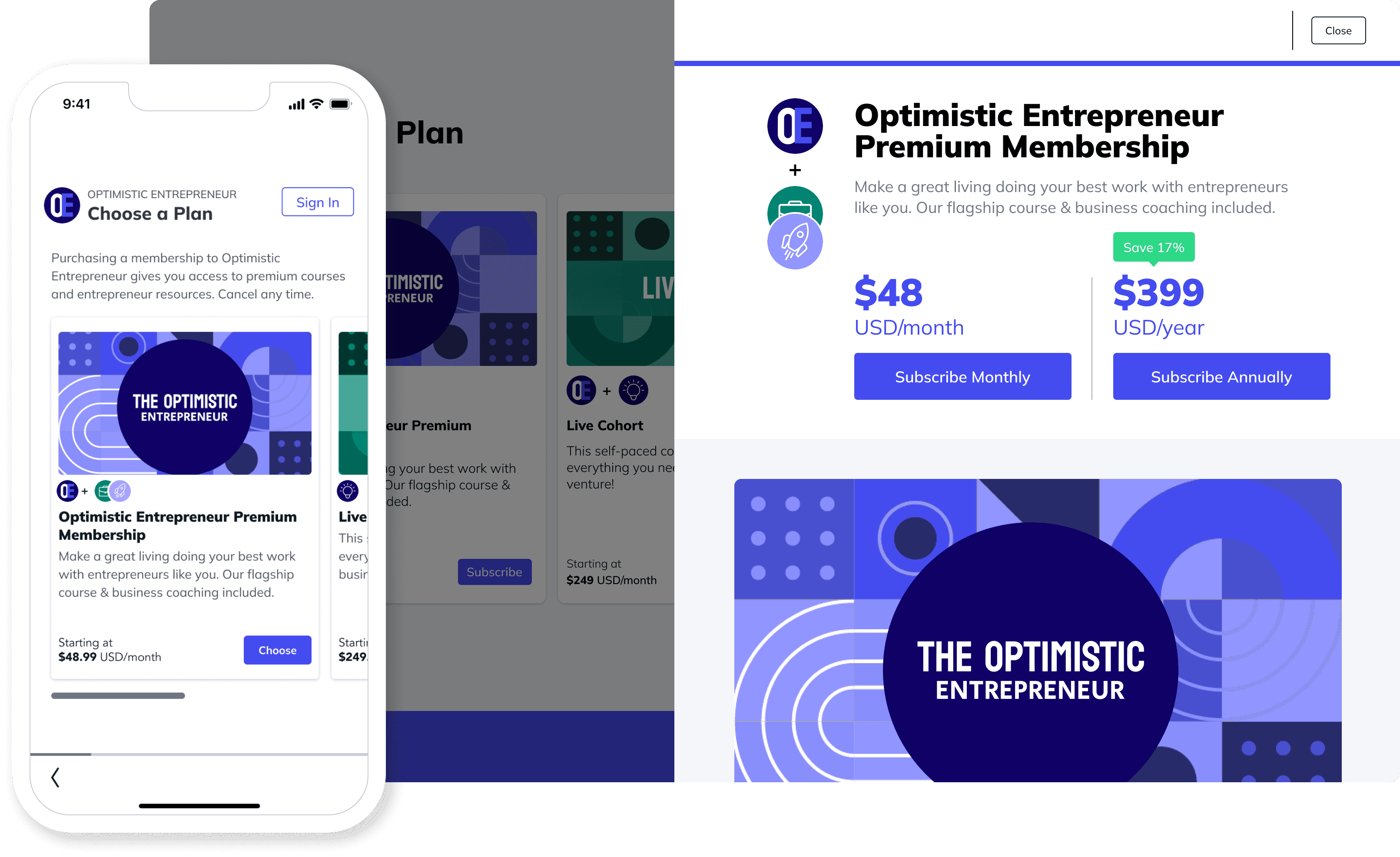
A paywall is essentially a barrier that restricts access to certain content unless the user pays for it. It is used to generate revenue from content, either by completely or partially limiting access until a payment is made. Paywalls are commonly found on subscription-based platforms, but you may have come across them on many of your favorite websites, if you're browsing news articles, using streaming services, or exploring apps like gaming or dating platforms.
If you’ve ever encountered a message saying something like, “Subscribe to continue reading” or “Unlock more features with a membership,” you've experienced a paywall reader situation. Paywalls are increasingly being used as a paywall strategy by many businesses to ensure they can monetize exclusive content and services effectively.
But what does a paywall actually look like in practice?
- Newspapers often place paywalls around their content, allowing users to read a limited number of articles before requiring a subscription.
- A membership site might use a paywall to restrict access to premium courses or exclusive groups, offering content only to paying members.
- A blog can introduce a paywall content section where only premium members can access certain articles, making some content exclusive to subscribers.
Paywalls are a smart way for businesses to protect their valuable content, ensuring they get compensated for the exclusive value they provide.
How Do Paywalls Work?
Paywalls work by limiting access to certain content on websites or platforms, making users pay for full access while offering some free content to attract visitors. The concept is simple: users can view a limited amount of content before being asked to pay for more. Paywalls are designed to drive revenue for businesses, especially those offering exclusive or premium content. Whether through subscriptions, one-time payments, or memberships, a paywall ensures businesses can monetize their offerings while still giving users a taste of what’s behind the paywall to encourage sign-ups.
Steps to Implementing a Paywall
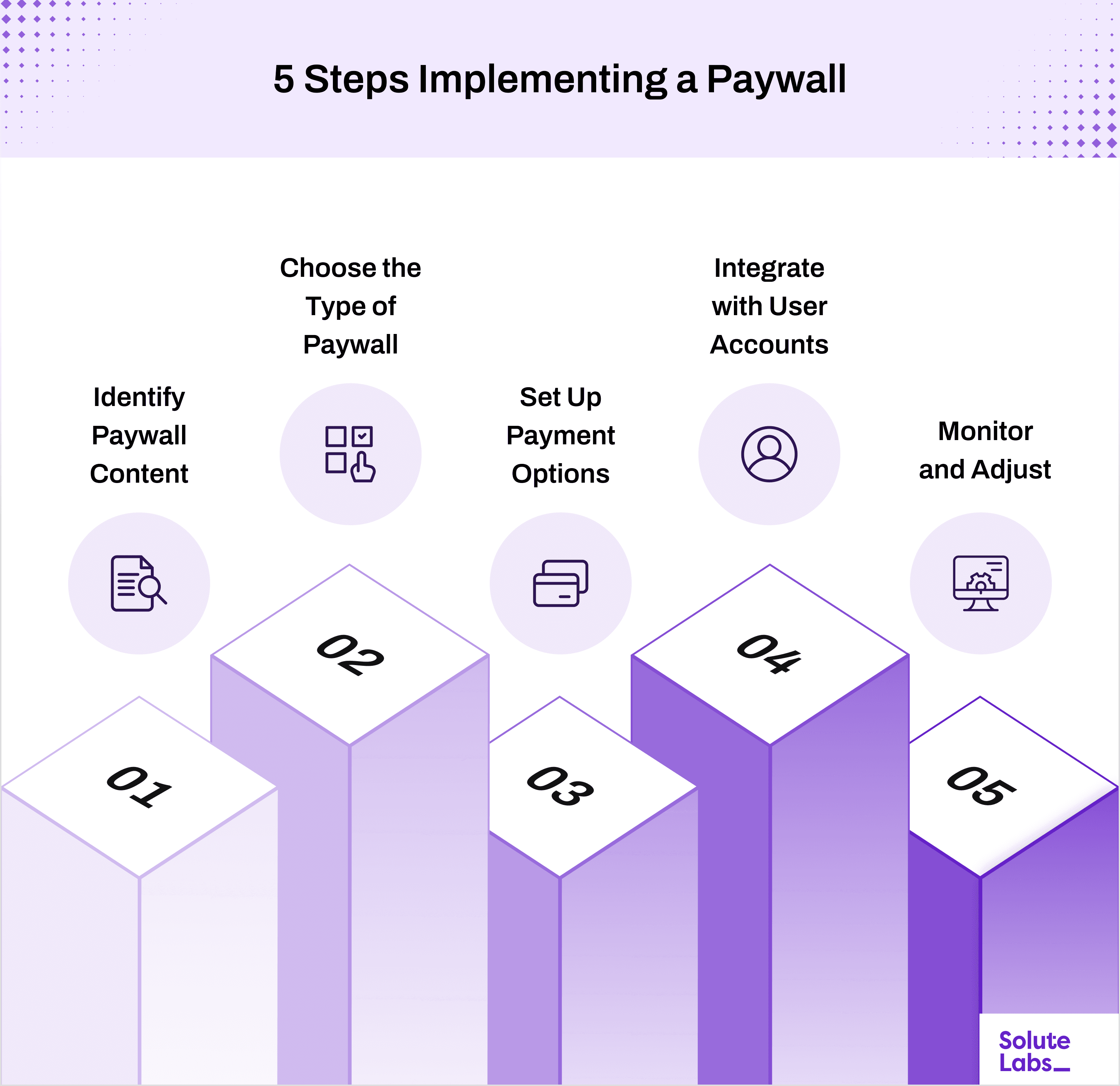
Identify Paywall Content
Determine which content will be restricted and which will remain accessible. This could include articles, videos, courses, or other premium content.
Choose the Type of Paywall
Decide between a dynamic paywall, which adapts to user behavior, or a fixed paywall, where access is restricted after a set number of views.
Set Up Payment Options
Implement various payment options, such as subscriptions, one-time payments, or memberships, to give users flexibility in accessing content.
Integrate with User Accounts
Connect the paywall to user accounts, ensuring users can sign in to view exclusive content or manage their subscriptions easily.
Monitor and Adjust
Regularly review user behavior and paywall effectiveness. Adjust the level of restriction, pricing, or content availability based on feedback and analytics.
By following these steps, businesses can create a well-structured paywall that maximizes engagement while generating consistent revenue.
Why are Paywalls Gaining Popularity?
Paywalls are increasingly becoming popular because they are a reliable source of income for digital publishers and content creators.
From Netflix to Vogue, almost every major content platform uses paywall restrictions for content access.
This is because advertising revenue fluctuates and simply doesn't pay the bills. Even sites with millions of readers can't pay the salaries of their newsrooms this way.
Also too often, paying the bills with digital advertising means creating a huge amount of low-quality clickbait. This is bad for the reader and terrible for the reputation of the media brand.
On the other hand, paywalls create a positive perception of your content.
Paywalls not only bring steady money but also the idea of restricted content establishes the quality and comprehensive nature of the content in the reader’s mind.
The network of people investing in in-depth journalism also creates and maintains a high standard of content and reduces the prevalence of basic and repetitive information.
Moreover, paywalls cater to a more targeted audience which keeps the subscription ball rolling via word-of-mouth and credibility.
Paywalls are gaining popularity across industries.
In Retail, Amazon Prime uses a paywall to offer subscribers benefits such as faster and more affordable shipping options. The membership also includes early sale access, prime video membership, no-cost EMI, and some free game access.
Prime Membership has proved to be a great hit for Amazon and now has over 200 million subscribers. In 2023, Amazon's Prime revenue reached around $40 billion.
The subscription-based model is becoming a prominent trend in different industries because it becomes an additional revenue stream for businesses and provides exclusive services to people. With paywalls, more and more companies are monetising their content for enhanced revenue.
See what Radhika Jones, Vanity Fair's editor-in-chief, explains as the reason for introducing paywalls in media companies is becoming a must:
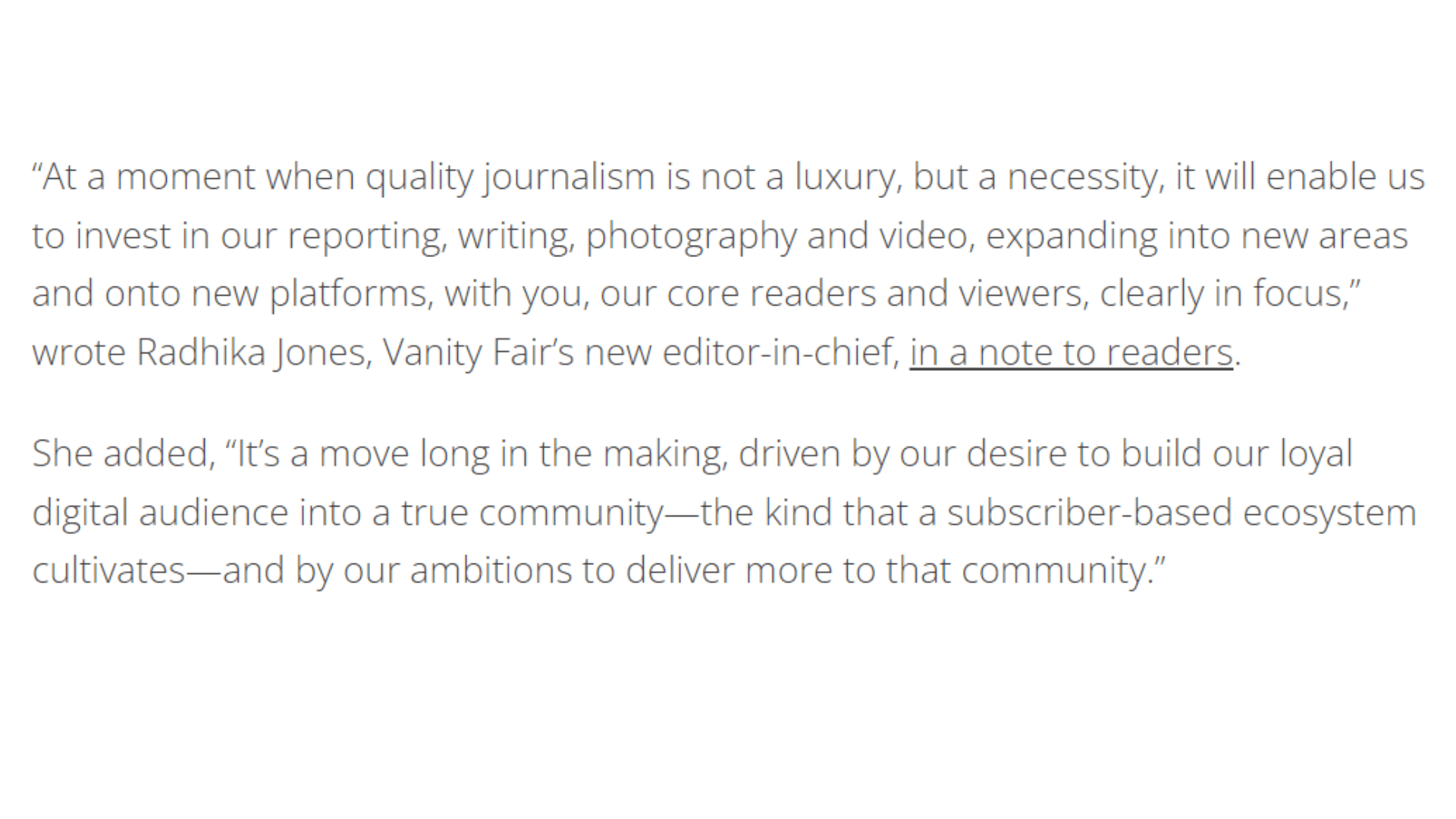
WIRED editor-in-chief Nick Thompson also said, “The simple reason that we’re going to a paywall model is that I think it’s going to make money, and I’d like us to make more money.”
People are also buying digital subscriptions because they are tired of the generalization of information. They want to get information that is more detailed and accurate.
Fintech Companies like Bloomberg also hold more than 450,000 subscribers, implying the growing acceptance of paywalls.
In the future, we can expect to see the development of more flexible and user-friendly models, such as micropayments or metered paywalls, which allow users to access a limited amount of content for free before requiring payment.
As technology advances, there will likely be greater integration of paywalls with personalized content recommendations and AI-driven insights, enhancing the relevance of the content to individual users and the perceived value of subscriptions.
Types of Paywalls
Here are six of the most common types of paywalls out there:
Hard Paywall
A hard paywall restricts the entire content. It requires a paid subscription to get access to any part of the content. Hence, the name hard paywall.
It is the riskiest paywall to implement, as most of the users will navigate to your competitors in search of the information.
This is the reason why premium publishers or highly specialized websites using unique, valuable content to draw paying subscribers primarily use this model.
For example, The Wall Street Journal uses a hard paywall for its business journalism.
Soft Paywall
A soft paywall is a more flexible option.
They allow users to access some content to get an idea of the quality they can expect and act as a soft nudge to buy the subscription.
The idea of the soft paywall is to encourage more and more readers and convert them into paying users.
For example, the Superpath community is a free Slack community sharing freelance gigs, and content updates, but requires subscriptions for podcast transcripts, online courses, monthly 1on1 calls, etc.
Spotify is another popular example. While it lets listeners enjoy a certain amount of music and podcasts free (with ads), but requires to pay fees for uninterrupted and unlimited access to the content.
Metered Paywall
A metered paywall allows users to access content for limited views or a set time. Once the limit is reached, readers must subscribe to continue accessing content.
Unlike soft paywalls, a metered paywall sets a limit on free content.
This model caters to casual readers and allows users to become familiar with the content before deciding to pay for it.
SaaS tools' free trials are a prime example of the metered paywall. Typically, they offer users access for 14 or 30 days, after which a subscription is required to continue.
Dynamic Paywall
Dynamic paywalls are the future. It is the only paywall that uses data and algorithms to customize paywall access based on user behavior and preferences.
This model displays the paywall only when the probability of a visitor converting into a subscriber seems high.
For example, regular visitors might hit the paywall sooner than occasional readers, or readers looking at specific topics could be asked to subscribe for premium content.
Hearst Newspapers to The New York Times are using dynamic paywall for their users.
Freemium Paywall
A freemium paywall offers a mix of free and premium content. It’s similar to soft paywalls but offers a free basic version of a product or service.
Basic content is available for free, while premium or exclusive content is only accessible to paying subscribers.
It is commonly used internationally. Mostly because this model enables publishers to run both the ad-supported and subscription-based revenue models.
For example, eMarketer gives access to published report summaries and articles for free while they need to pay for full reports.
Hybrid Paywall
Hybrid models are on the rise.
A hybrid paywall combines elements of several different types of paywalls to find the right balance between monetization and user satisfaction.
For example, a publication may use a freemium model for most content but implement a metered paywall for certain categories or users.
This flexibility allows publishers to adjust their strategy based on content type, audience segment, or user behavior.
The Washington Post uses a hybrid approach, offering some content for free and employing a metered paywall for premium articles.
Pros of Paywall
Some advantages of paywalls include:
Revenue Generation
Paywalls generate a steady stream of income for publishers.
Learn from the example of the newspaper industry.
As the circulation of daily newspapers in the US dropped drastically to traditional times, it created significant financial challenges for their survival.
Digital advertising revenue, as I pointed out earlier is also not a trustworthy solution.
Advertising revenue fluctuates and scaling digital advertising means creating a huge amount of low-quality clickbait.
Digital subscriptions incoming with paywalls come out as a strong solution to these issues.
As highlighted, the cost of digital subscriptions for newspapers often matches that of print versions, helping to maintain financial stability.
Also, the adoption of paywalls with quality content also creates a strong brand reputation which drives increased demand for print subscriptions.
For example, in 2022, The New York Times earned $2.3 billion in revenue. Of this, $1.55 billion (67%) was from subscriptions, with 63% from digital subscriptions, and $523 million (22.7%) came from advertising.
Content Value Enhancement
Placing a paywall on content signals its value. Paywalls create a positive mystery around the depth of your content.
Readers generally perceive that content behind a paywall will be of higher quality than those without one. This is because when users have to pay to access material, they typically believe the material is more valuable than free alternatives.
Hence, using paywalls helps position the brand as a premium resource in the market, which strengthens customer loyalty and trust over time.
This narrative also encourages publishers to maintain high standards, offering in-depth articles, expert analysis, or exclusive insights.
Target Audience Attraction
Paywalls attract a dedicated audience. Those who are religiously invested in the material, buy the subscriptions and develop a deeper connection with the platform.
When this targeted audience remains long-term subscribers it not only attracts more people from your targeted circle but also strengthens your reputation, which also helps increase the demand for the print edition (for print businesses).
Collect Data and Insights
Paywalls capture your audience's details. Since users need to register or subscribe, publishers can easily collect insights such as demographics, preferences, and behavior patterns.
With this information, businesses personalize their content strategy to meet the audience’s evolving needs and increase subscription rates.
How to Choose a Paywall Model?
Recent studies from the Lenfest Institute show that there are no strict rules for paywalls, but publishers should continually assess data to determine what works best for their audience. It's important to carefully think about which paywall model aligns with your business needs and to consider the following areas:
Content Pipeline
Subscribers expect consistent, high-quality content that justifies their payment. Ensure your publication schedule is up to par, and you have the necessary content creation and technology resources to meet your audience’s demands. This consistency is key to keeping your subscribers engaged and satisfied with their investment in your content.
Audience
A site with a dedicated, loyal audience will have a better chance of successfully implementing a paywall. Conduct research to understand your brand’s reputation and what your readers are specifically seeking. Paywall software can help tailor the experience, ensuring your audience receives value in return for subscribing. Hard paywalls are particularly effective for business and finance publications, where users rely on your content for professional reasons.
Competitors
If your readers can find similar content for free elsewhere, they likely will. Carefully consider whether your website will be the only one with a paywall in your industry or niche. If competitors are offering free content, a paywall might need to be carefully planned to prevent losing customers to alternatives.
Revenue
While implementing a paywall can increase revenue over time, it's important to be mindful of potential short-term losses. Paywall services can increase subscription income, but you might experience a drop in ad revenue due to fewer site visitors. Additionally, how do most online versions of print magazines charge their internet readers for access to content? The presence of a paywall might also negatively impact SEO, as paywalls can lead to higher bounce rates and harder indexing for search engines. Consider how the shift to a paywall might affect both your immediate revenue and long-term growth.
By evaluating these factors, you can determine the most suitable paywall model that balances audience needs, business goals, and potential revenue outcomes.
How Can Industries Use Paywalls?
1. Online Publications and News Media
Newspapers, magazines, and news websites frequently use paywalls to restrict access to premium content.
News websites with paywalls allow readers to view limited free articles before being asked to subscribe for full access.
News subscription helps outlets monetize their high-quality investigative journalism and exclusive reports.
2. Educational Platforms and Online Courses
E-learning platforms like Coursera or Udemy use paywalls to charge for specialized courses and certifications.
While some free content may be available, premium content such as advanced courses or instructor-led sessions requires a digital subscription.
3. Research and Data Analysis Firms
Companies offering in-depth reports, market research, or data analytics (like Statista or Gartner) often restrict access to detailed reports behind a paywall.
Users subscribe to access industry insights, data-driven reports, and detailed analysis that offer significant value to businesses and professionals.
4. Creative Content Platforms
Platforms for digital art, music, or literature (such as Patreon or Medium) allow creators to put certain content behind paywalls.
Artists, musicians, or writers can monetize their premium content like exclusive artwork, podcasts, or serialized stories, encouraging audience support through subscription-based access.
5. Professional Journals and Publications
Academic and scientific journals typically use paywalls to charge for access to specialized research papers and publications.
Subscribers, including universities or professionals, pay to access high-quality research and peer-reviewed articles that are essential to their fields.
6. Freelance Writers and Bloggers
Independent content creators, such as freelance writers or bloggers, can use paywalls to offer exclusive content to their most dedicated readers.
Whether it's in-depth blog posts, newsletters, or e-books, the paywall helps monetize niche writing and engage a loyal audience willing to pay for expert insights.
7. Streaming Services
Streaming platforms like Netflix or Amazon use paywalls to provide access to exclusive shows, movies, or documentaries.
These platforms offer a tiered subscription model for premium content while offering users access to a limited free tier to attract new customers.
This approach helps monetize content effectively while balancing user acquisition and retention.
8. Fitness and Wellness Platforms
Fitness apps use paywalls for premium workout plans, nutritional guides, personalized workout plans, or live classes.
Platforms like Peloton offer free content alongside paid memberships that unlock exclusive fitness classes, personalized coaching, and progress tracking.
9. Software as a Service (SaaS) Tools
SaaS companies use paywalls to differentiate free features from premium services.
Freemium models allow users to access basic tools for free, while advanced functionalities (e.g., higher storage, additional integrations) are gated behind a paywall.
This creates a natural path for users to upgrade as their needs grow.
10. Niche Communities and Forums
Exclusive online communities, such as those on Patreon or specialized forums like Stack Overflow, apply paywalls to provide premium content, insider knowledge, or networking opportunities.
This often appeals to professionals or hobbyists who value high-quality discussions or access to experts.
Convinced on launching a Paywall? Here's what to consider.
Before launching a paywall, consider these key factors to make sure it works well and avoids problems:
1. What is Your Goal?
Start by defining the objectives behind introducing paywalls for your business.
For example, know what you are aiming for with paywalls. Do you want to:
- Generate recurring revenue?
- Increase brand visibility? or,
- Establish thought leadership?
Your clarity of goals will guide how you structure your paywall model, what content you must gatekeep, and which pricing will do the justice.
2. Who is Your Competition?
Competitive analysis is important. If your restricted content is already on the internet as free by your competitors, no one is going to pay you. So first, run a content analysis of your competitors to see what they offer for free.
Secondly, your content analysis will reveal gaps in the market so your paywall can offer better value. Study their content, pricing, and paywall strategies to understand how you can differentiate your content and offering.
This will help you come up with a unique value proposition that will encourage your target group to pay for your content.
Some key questions to find answers to while doing competitor analysis include:
- Are they offering more or less free content?
- How is their paywall structured (e.g., metered, freemium, or hard paywall)?
- How do their subscription fees compare?
- What unique value propositions do they offer that encourage users to pay?
- How is the user experience of their paywall, and how does it affect retention rates?
- Are they successful in converting free users to paying customers?
3. Are You Adding Enough Value?
There are very thin chances of going wrong after a comprehensive competitor analysis and knowing your objectives.
Users will only pay for high-value content. Make sure your content is not only of high quality but also unique and exclusive enough to justify the cost.
You can also include additional perks like early access, ad-free experiences, or premium support that can enhance perceived value.
The key is ensuring that your paywall locks away content or features that your audience considers indispensable.
4. Is Your Audience Willing to Pay?
You must assess your target demographic's behavior and financial capacity to lock the pricing strategy.
Conduct surveys, test the waters with a freemium model, or launch limited-time offers to gauge willingness to subscribe.
Also, look at your analytics to see how engaged users are with your content, as more engaged audiences are more likely to pay.
Understanding your audience’s preferences ensures that the paywall doesn’t alienate them but instead converts them.
5. Paywalls Will be Server-side or Client-side?
You’ll need to decide whether to implement a server-side or client-side paywall.
Server-side paywalls are more secure because the content is locked on the server before reaching the browser, ensuring only authorized users can access it. However, this setup is more complex and can increase load times.
Client-side paywalls, on the other hand, are easier to implement but less secure, as tech-savvy users can bypass them. Your choice depends on your resources, content type, and security needs.
6. Is Your Paywall Better From a UI-UX Standpoint?
Understand it with this X (formerly Twitter) post.
Here one of the users asked to choose which paywall was better of the two.
The correct answer is right. Another user replied to this post, with a detailed analysis of why the right one is the winner.
Hence, the message is clear. To build better paywalls from a UX/UI standpoint, focus on simplicity, clarity, and value communication.
Use a clean design with minimal distractions, guiding users smoothly through the payment process.
Mention key value propositions and offerings so that the users know what they will be getting and why buying a subscription is a better option.
You can A/B test different versions to optimize performance and conversion rates.
7. Are You Using the Right Paywall App?
The right paywall app will
- Create, customize, and track campaigns
- Integrate seamlessly with your current CMS
- Control metering settings
- Support for various payment models
- Audience segmentation
The greater question yet remains unsolved to go with a third-party tool or an in-house paywall solution.
Well, choosing between a third-party paywall tool and building an in-house solution depends on your resources and needs.
If you are looking for a faster setup, third-party tools are the way to go. But if your quest is to gain full control and customization over your paywall app, there is nothing better than an in-house app.
However, what stops the majority of businesses from using in-house apps is that they demand more time, development expertise, and ongoing maintenance costs.
SoluteLabs can help bridge this gap. We offer to build a roadmap for your paywall app idea. You bring the vision, we bring the expertise, and together, we'll create paywall apps that are well-aligned with your goals.
Reach out to SoluteLabs today and start building your pro paywall app that brings you more results than expected.

